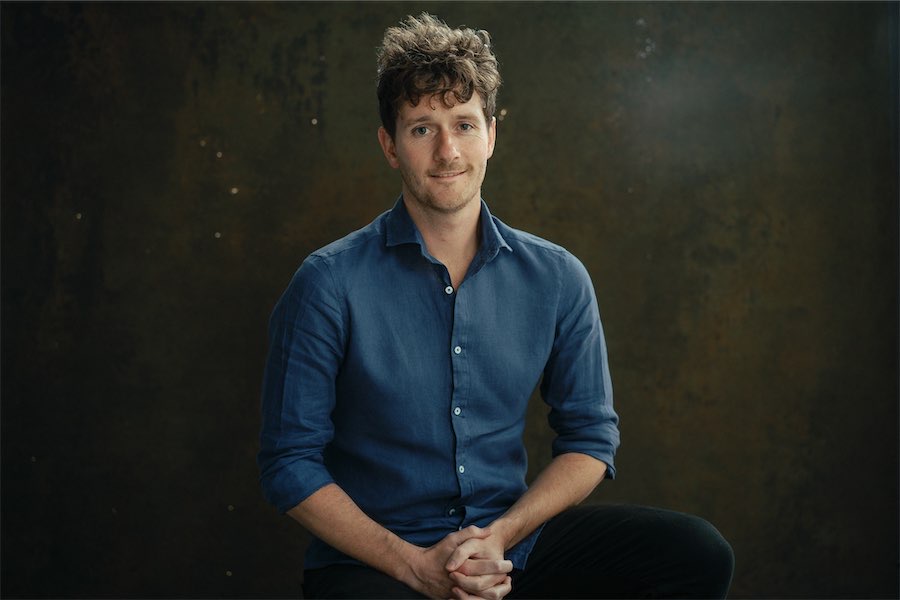IN moving into the capacious Gandel Hall at the NGA, Canberra’s Griffyn Ensemble has signalled what we might expect in the centenary year, forsaking the usual intimacy for a larger-scale entertainment that attracted, as well as the usual crowd of music lovers, a lot of young children.
In general it paid off. Parallel to their astronomical concert at Mount Stromlo, “Southern Sky,” the program for “Cloudy With a Chance of Rain” followed a thematic trajectory, with works relating to the weather and climate change.
Unlike “Southern Sky,” however, which was a full work by Estonian composer Urmas Sisask, this was a pastiche of music, evoking winter then moving through the four seasons, as Melbourne weather man Rob Gell narrated.
At times the narration was disconcerting; especially in the opening section where his matter-of-fact weather reports, delivered to occasional titters, did little to illuminate Peteris Vasks’ “White Scenery,” Debussy’s “The Snow Is Dancing” or Schubert’s “The Linden Tree.”
But as the music moved into spring, Gell’s narration matched the works more closely, as he explained the southern USA phenomenon known as “Blackberry Winter” or the dimensions and shapes of raindrops.
Nina Simone’s interpretation of “Little Girl Blue,” with its undertones of Good King Wenceslas, seemed a regression from spring to winter, when, as we all know, the snow was “deep and crisp and even.”
After a few seconds of amusing pop music to usher in summer, soprano Susan Ellis gave a finely-pitched rendition of Gershwin’s “Summertime.” It was in summer that Gell hit his straps, with an angry account of temperature rises in Australia’s outback that led into Griffyn director Michael Sollis’ composition “Mirage” which, inspired by Patrick White’s depiction of the Australian desert, featured a music combat between Kiri Sollis on piccolo and Wyuna O’Keeffe on glockenspiel. The strangeness and isolation of the desert in “Mirage” was a moment where climate and music seemed to coalesce.
This concert was largely aimed at an audience with broad musical tastes and the songs presented by Ellis with quiet delicacy were particularly lovely and accessible, with a melancholy tinge at times.
Yet to me, the outstanding sections of the concert were the more unusual moments–the quiet reflectivity of Peteris Vasks’ work, given new life with an arrangement for harp, mandolin, flute and vibraphone, a dramatic rendition of “Rain Spell” by Toru Takemitsu, where harpist Meriel Owen challenges percussionist Wyuna O’Keeffe on vibraphone, and the haunting “Mirage”.
As the seasonal cycle concluded, Gell reminded us about the dangers of a rapidly-warming world.
The Griffyn Ensemble has hit on a workable formula for making music more accessible while not sacrificing originality.
Its next concert at Belconnen Arts Centre on October 13 will deal with music created in prisons and concentration camps – Theodorakis and Johnny Cash, for instance. Information at www.griffynensemble.com
Who can be trusted?
In a world of spin and confusion, there’s never been a more important time to support independent journalism in Canberra.
If you trust our work online and want to enforce the power of independent voices, I invite you to make a small contribution.
Every dollar of support is invested back into our journalism to help keep citynews.com.au strong and free.
Thank you,
Ian Meikle, editor





Leave a Reply